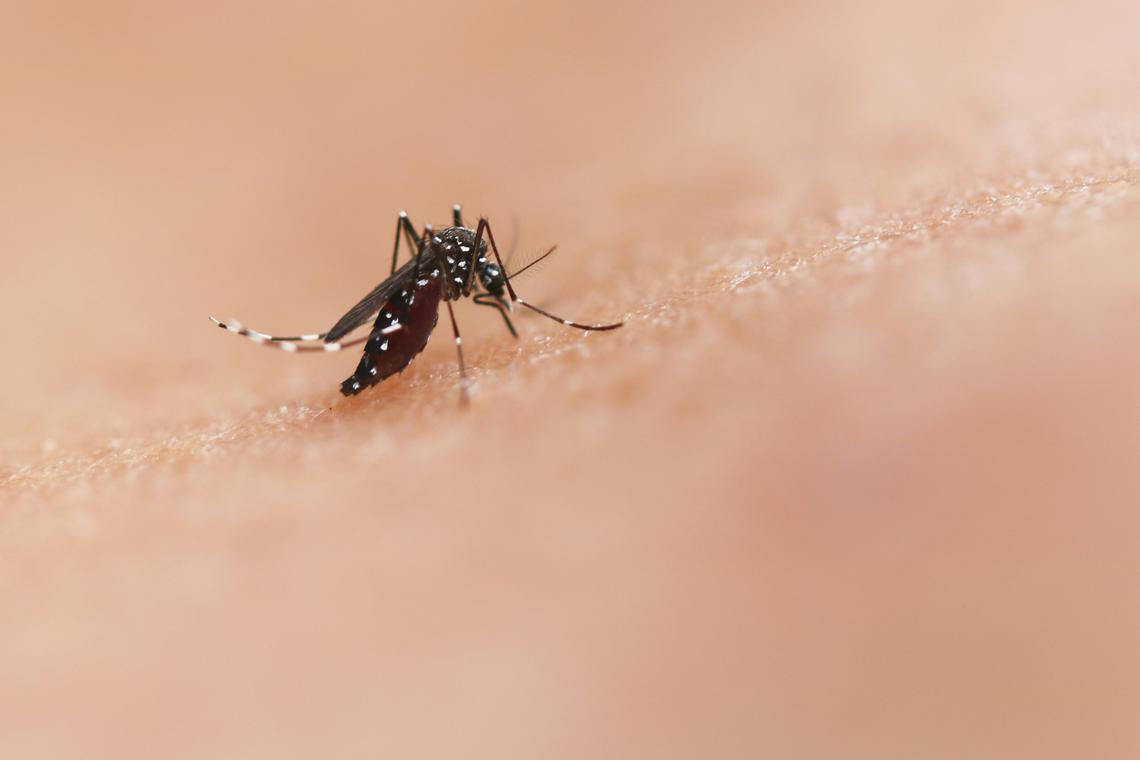BEIJING – A city in China’s southern industrial hub has recorded 3,195 chikungunya cases so far in July, the country’s biggest outbreak of the mosquito-borne virus since it first emerged in the mainland nearly two decades ago.
Foshan city – in Guangdong Province, just north of Hong Kong – first reported an imported chikungunya case earlier in July, China’s national broadcaster CCTV said, citing briefings from the local authorities.
Infections have soared by more than 2,700 in the past week alone.
While Chinese health officials have yet to explain what’s behind the outbreak, Guangdong has launched stricter anti-mosquito measures, including urging residents to clear stagnant water and make sure drainage channels remain unobstructed.
Chikungunya, first identified in 1952 in Tanzania, is transmitted to humans by infected mosquitoes, the World Health Organisation says.
The virus causes fever and severe joint pain, and other symptoms can include headaches, muscle pain, vomiting and fatigue.
The outbreak in Guangdong, an often hot and humid area of southern China, is the latest sign that tropical diseases – from dengue to malaria and zika – are expanding their reach, as climate change lets mosquitoes live in new territories that have become warmer and wetter.
Increased international travel and low population immunity are also helping the spread.
An explosion in cases in the Indian Ocean since the start of 2025 has sparked concerns of a spread to other countries, leading the WHO to issue an urgent call to action this week, Reuters reported.
France and Italy, thousands of miles from the region, have both found locally-acquired chikungunya cases this year.
“The surge in chikungunya cases is likely due to favourable climatic conditions that allow blooms of the Aedes mosquito population,” said Dr Robert Jones, Assistant Professor in the Department of Disease Control at the London School of Hygiene & Tropical Medicine.
“These are aggressive, day-biting mosquitoes that thrive in warm, wet conditions.”
More than five billion people live in areas across 119 countries at risk from chikungunya, the WHO told reporters in Geneva, Reuters said.
Some 220,000 cases and 80 related deaths have been reported in 14 countries and territories globally so far in 2025, according to the European Centre for Disease Prevention and Control.
China recorded its first chikungunya case in 2008, an imported infection detected at an airport in Guangdong.
The first locally transmitted cases – infecting 253 people – were reported in the province two years later.
Since then, only sporadic cases have been found, in Yunnan and Fujian provinces.
Globally, population susceptibility is likely elevated in areas where chikungunya outbreaks haven’t tended to occur, said Ms Patricia Gallego Delgado, Associate Director at London-based disease forecasting firm Airfinity.
The wave is “attributable to lower levels of population immunity, as individuals in these regions may have had limited or no prior exposure to the virus,” she said. BLOOMBERG
